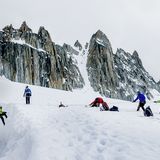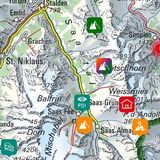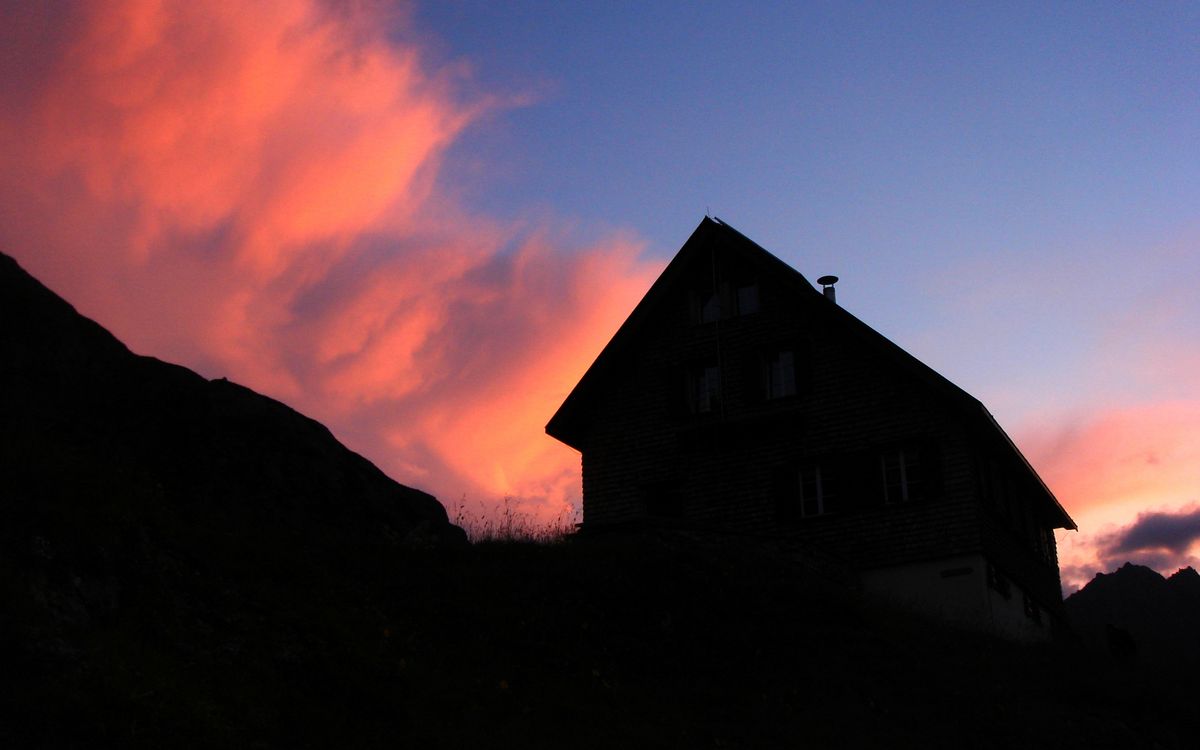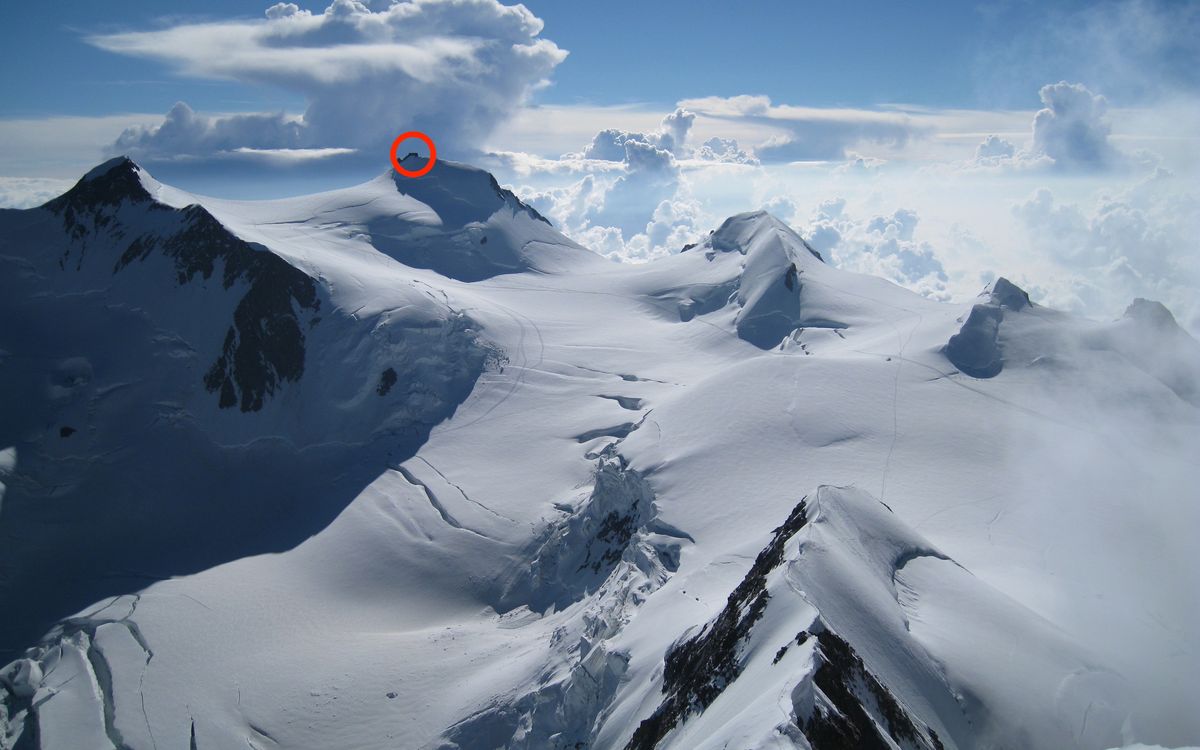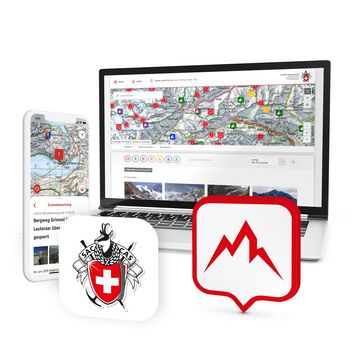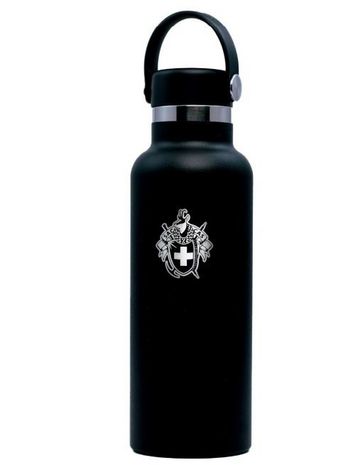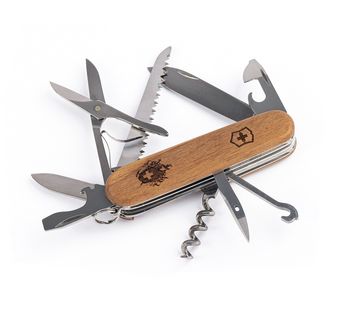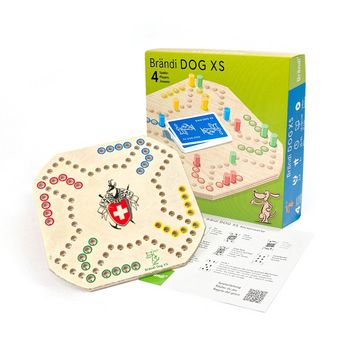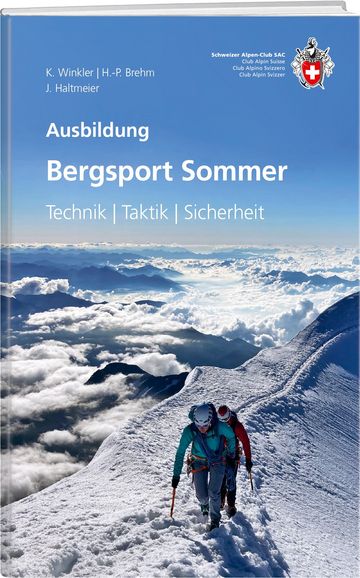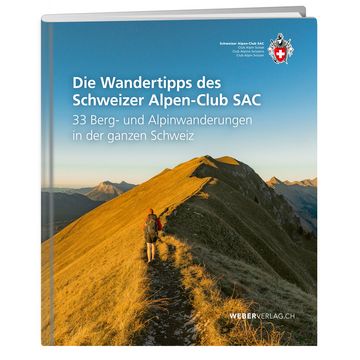Pollux 4090 m Alpinism
Pollux is the easier and smaller of the twins - by easy we mean 'for experienced mountaineers'. However, the area is notorious for sudden weather changes, and orientation on the vast glacial fields surrounding Pollux can be a problem. Additionally, during the summer when surface snows thin, dangerous crevasses often emerge - some of which lie in the direction of travel. This requires impeccable rope skills and knowledge of crevasse rescue. At first glance, the visual impact of these twin four-thousanders is negated by the great hulks either side of them: the Breithorn and Liskamm. And yet, if you focus on the glaciated silhouettes of Castor and Pollux you will find they have a majesty all of their own. Indeed a visit to the twins is one of the most attractive tours in the area. The names of the twins come from the Greek legend of the Dioscuri (sons of Zeus). Kastor and Polydeukes (Latin Castor and Pollux) were the twin sons of Leda, but they come from different fathers from: Castor from King Tyndareos, and Polydeukes from Zeus. The two have become the symbol of inseparability and compassion, since Polydeukes shared his divine immortality with the mortal castor. After his death he descended to Hades with him for half of the year, so that he was allowed to spend the rest of the time with the gods.









